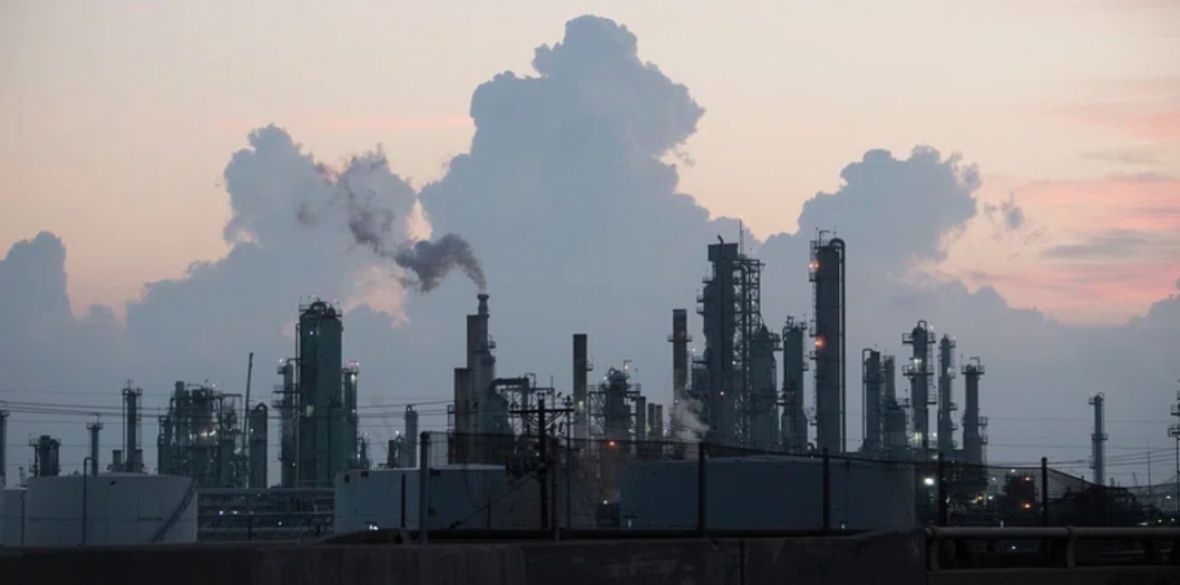This is the last article you can read this month
You can read more article this month
You can read more articles this month
Sorry your limit is up for this month
Reset on:
Please help support the Morning Star by subscribing here
ACCORDING to key findings from the International Energy Agency (IEA)’s latest Annual Methane Tracker, in 2023, global methane emissions from fossil fuels stayed close to a record high despite new global reduction pledges.
Human activities like agriculture, oil and gas production, and the accumulation of food waste in landfills produce methane — a much more potent greenhouse gas than carbon dioxide. Methane emissions from the energy sector are responsible for roughly a third of global temperature increases since pre-industrial times, reported Reuters.
“Emissions of methane from fossil fuel operations remain unacceptably high … There is no reason for emissions to remain as high as they are,” said Tim Gould, IEA chief energy economist, as AFP reported.
The new IEA report estimates that methane emissions from fossil fuel use and production were nearly 120 million tonnes (Mt) in 2023, with another 10 Mt from bioenergy — primarily coming from traditional biomass use. This level of emissions has held relatively steady since reaching a record high in 2019. Since then, the supply of fossil fuels has expanded, indicating that the average intensity of methane production worldwide has decreased slightly.
Analysis of the new IEA data, based on energy sector methane emissions, along with new scientific studies, satellite information, and measurement campaigns, indicates signs of progress, as well as some concerning trends.
An increasing number of fossil fuel companies and governments have committed to taking action on methane emissions, while efforts to report estimates of emissions transparently and consistently are strengthening. Studies also suggest some regions are experiencing less methane emissions.
On the other hand, methane emissions overall are still much too high to meet global climate targets. Satellites detected a more than 50 per cent increase in large methane emissions events in 2023 compared to the previous year, including more than five Mt from big fossil fuel leaks worldwide, such as the blowout of a well in Kazakhstan that lasted more than 200 days.
Around 80 of the 120 Mt of emissions estimated by the IEA to have come from fossil fuels last year came from the top 10 methane-emitting countries. The US leads the way as the largest emitter of the toxic greenhouse gas from oil and gas production, followed by Russia. China is the biggest emitter of methane in the coal sector. Additionally, 170 billion cubic meters of methane were lost globally last year from fossil fuel operations — more than the entire natural gas production of Qatar.
However, this year is likely to be a “turning point,” according to Gould, with new satellite images helping to improve transparency and monitoring surrounding methane leaks, helping companies to address them in a more timely manner, reported Reuters.
The IEA estimates that if all the methane pledges and policies made by companies and nations thus far were put into practice and achieved completely and on target, fossil fuel methane emissions would decrease by roughly half by the end of the decade. In most cases, however, pledges have yet to be backed up by detailed policies, plans, and regulations.
“The detailed methane policies and regulations that currently exist would cut emissions from fossil fuel operations by around 20 per cent from 2023 levels by 2030,” the IEA report said. “The upcoming round of updated Nationally Determined Contributions (NDCs) under the Paris Agreement, which will see countries set climate goals through 2035, presents a major opportunity for governments to set bolder targets on energy-related methane and lay out plans to achieve them.”
The report emphasised that it will take more than reducing the use of fossil fuels to cut methane emissions enough to keep global heating to 1.5°C above pre-industrial levels.
“In our Net Zero Emissions by 2050 (NZE) Scenario — which sees the global energy sector achieving net zero emissions by mid-century, limiting the temperature rise to 1.5°C — methane emissions from fossil fuel operations fall by around 75 per cent by 2030. By that year, all fossil fuel producers have an emissions intensity similar to the world’s best operators today,” the IEA said. “Targeted measures to reduce methane emissions are necessary even as fossil fuel use begins to decline; cutting fossil fuel demand alone is not enough to achieve the deep and sustained reductions needed.”
This article appeared on Peoplesworld.org.










